WordyBit - dyslexia-focused educational tool
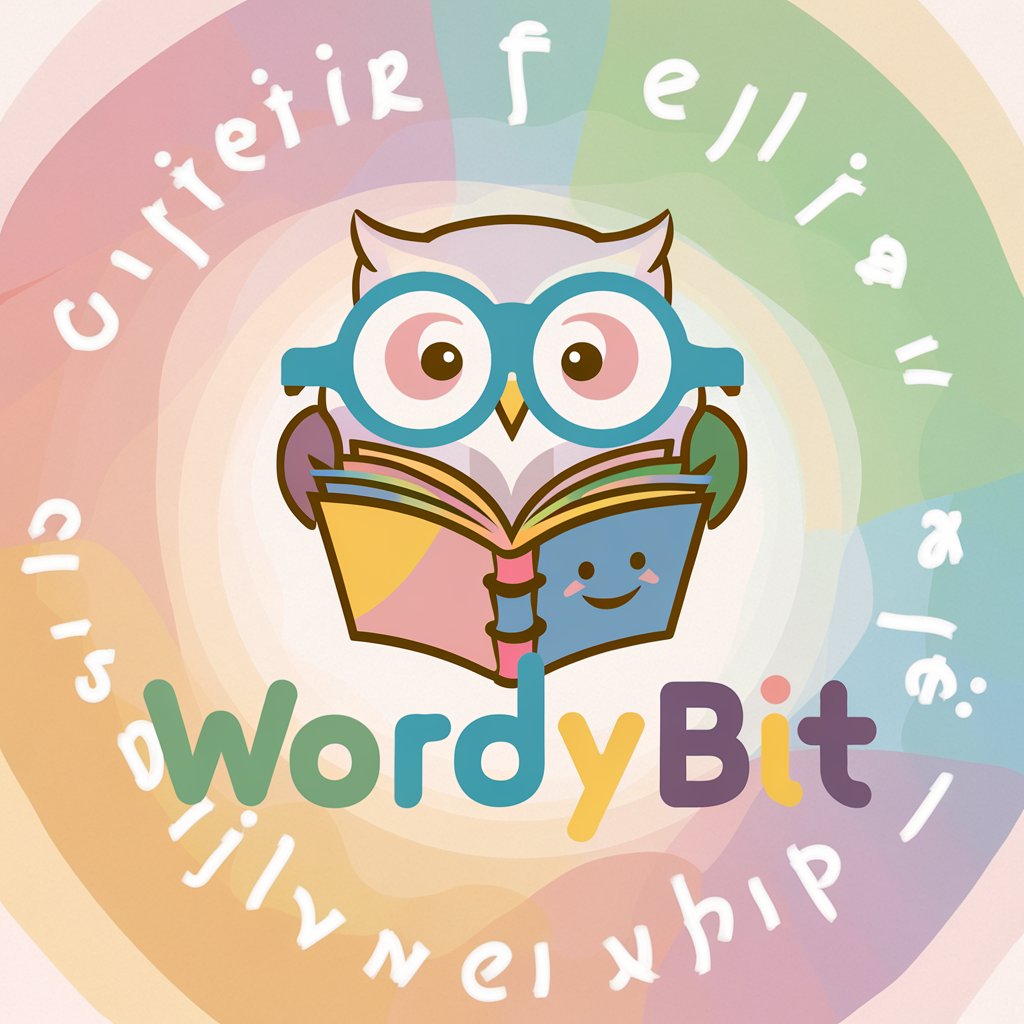
Hello! How can I help you today with dyslexia education?
Empowering Learning with AI
Explain the importance of phonemic awareness in dyslexia education...
Describe a multi-sensory approach to teaching reading...
List effective strategies for improving reading fluency...
How can teachers support students with dyslexia in a classroom setting?
Get Embed Code
Introduction to WordyBit
WordyBit is an educational tool designed to assist students with dyslexia by using the Orton-Gillingham method. This method is an instructional approach intended specifically to help individuals with difficulties in reading, writing, and spelling. The core of WordyBit is to provide clear, straightforward explanations and educational content that is easy to understand, making it highly effective for students who benefit from a structured, multisensory, and phonics-based approach. Examples of how WordyBit might be used include helping a student understand complex phonetic patterns through tailored lesson plans or assisting in the recognition and usage of irregular word forms. Powered by ChatGPT-4o。

Main Functions of WordyBit
Phonetic Instruction
Example
Using color-coded cards to help distinguish different sounds, such as the difference between /s/ and /z/ sounds, as demonstrated in various phonogram cards.
Scenario
A student struggles with differentiating phonetic sounds during reading sessions. WordyBit would introduce specific drills using these cards to reinforce understanding and recognition.
Multisensory Learning
Example
Implementing techniques like tracing, copying, and covering words to reinforce handwriting skills.
Scenario
For a student having difficulty with cursive handwriting, WordyBit would provide step-by-step guidance using multisensory strategies to enhance motor memory and learning retention.
Customized Learning Plans
Example
Tailoring lesson plans based on the individual student's progression, moving from simple to complex concepts at the student's pace.
Scenario
A dyslexic student who needs more focused instruction on vowel teams might receive a lesson plan that emphasizes visual and auditory drills specifically designed for these patterns.
Ideal Users of WordyBit
Students with Dyslexia
These students often face challenges with traditional learning methods. WordyBit offers a structured, phonics-based approach that aligns with their learning needs, emphasizing multisensory techniques to improve reading and spelling skills.
Educators and Tutors Specializing in Dyslexia
Professionals who require effective, evidence-based tools to enhance their instructional methods will find WordyBit's resources invaluable for planning lessons and delivering personalized education.
Parents of Dyslexic Learners
Parents seeking to support their child's learning at home can use WordyBit to understand dyslexia better and to provide appropriate support through guided lessons and activities.

Guidelines for Using WordyBit
Step 1
Start by visiting yeschat.ai to try WordyBit for free without needing to log in or subscribe to ChatGPT Plus.
Step 2
Familiarize yourself with the Orton-Gillingham approach that WordyBit employs, especially if you're using it for dyslexia education.
Step 3
Use WordyBit to generate individualized lesson plans and educational resources that cater specifically to the needs of each student.
Step 4
Engage students with WordyBit’s tools for phonemic awareness, vocabulary development, and decoding strategies, adapting as needed based on student progress.
Step 5
Review the results and feedback from WordyBit to refine and optimize teaching approaches and enhance learning outcomes.
Try other advanced and practical GPTs
Luna's Python Suffering
Enhance your Python learning with AI-powered assistance.
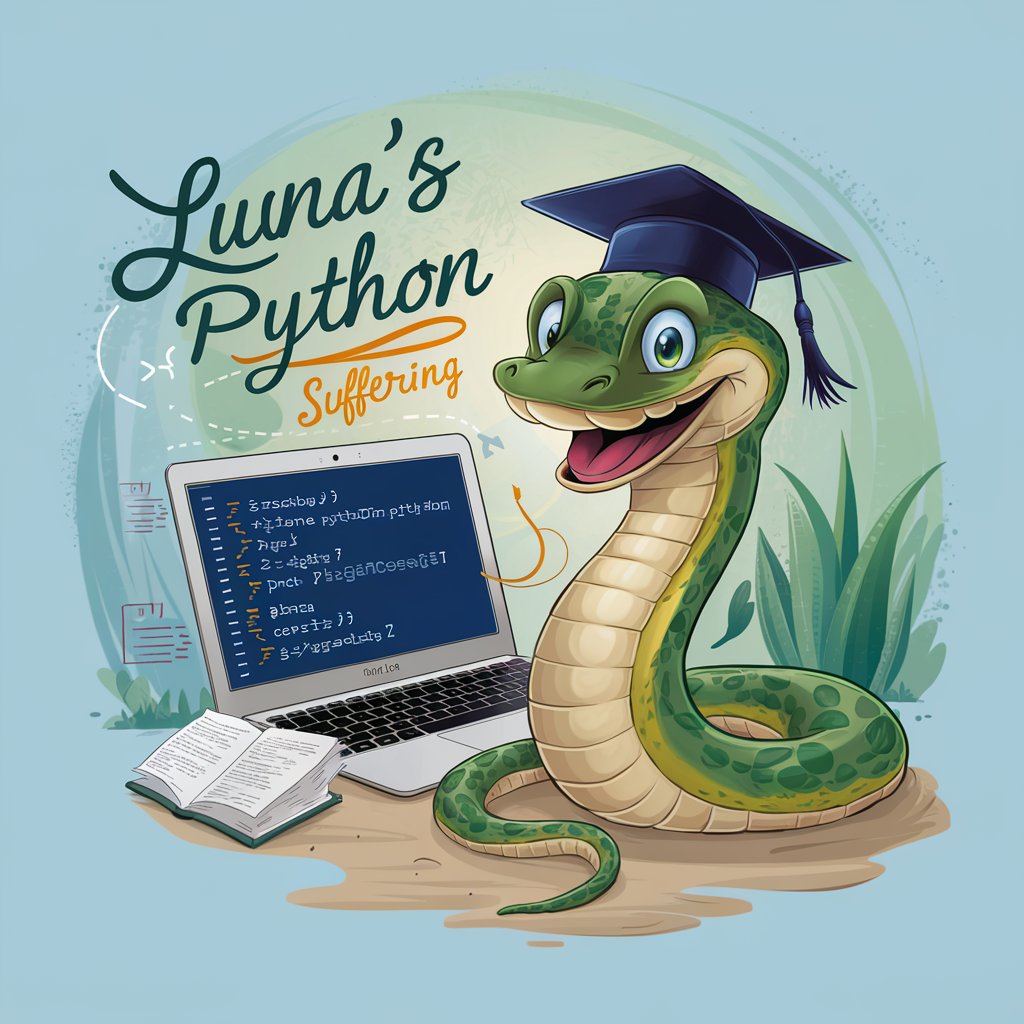
LeadsGuru Content Writer
Revolutionizing Writing with AI Power

WDS
Power Your Chat with AI
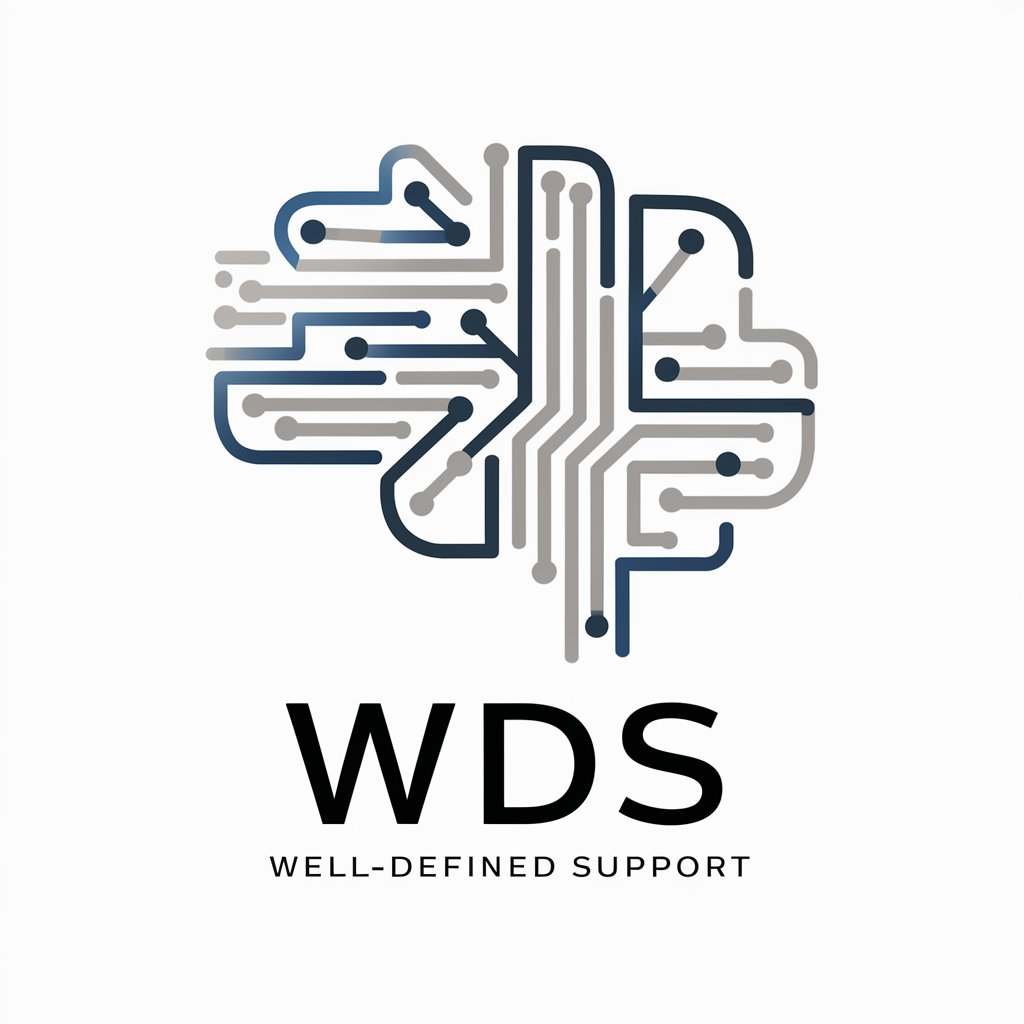
Polite Pen
Enhance Your Writing with AI
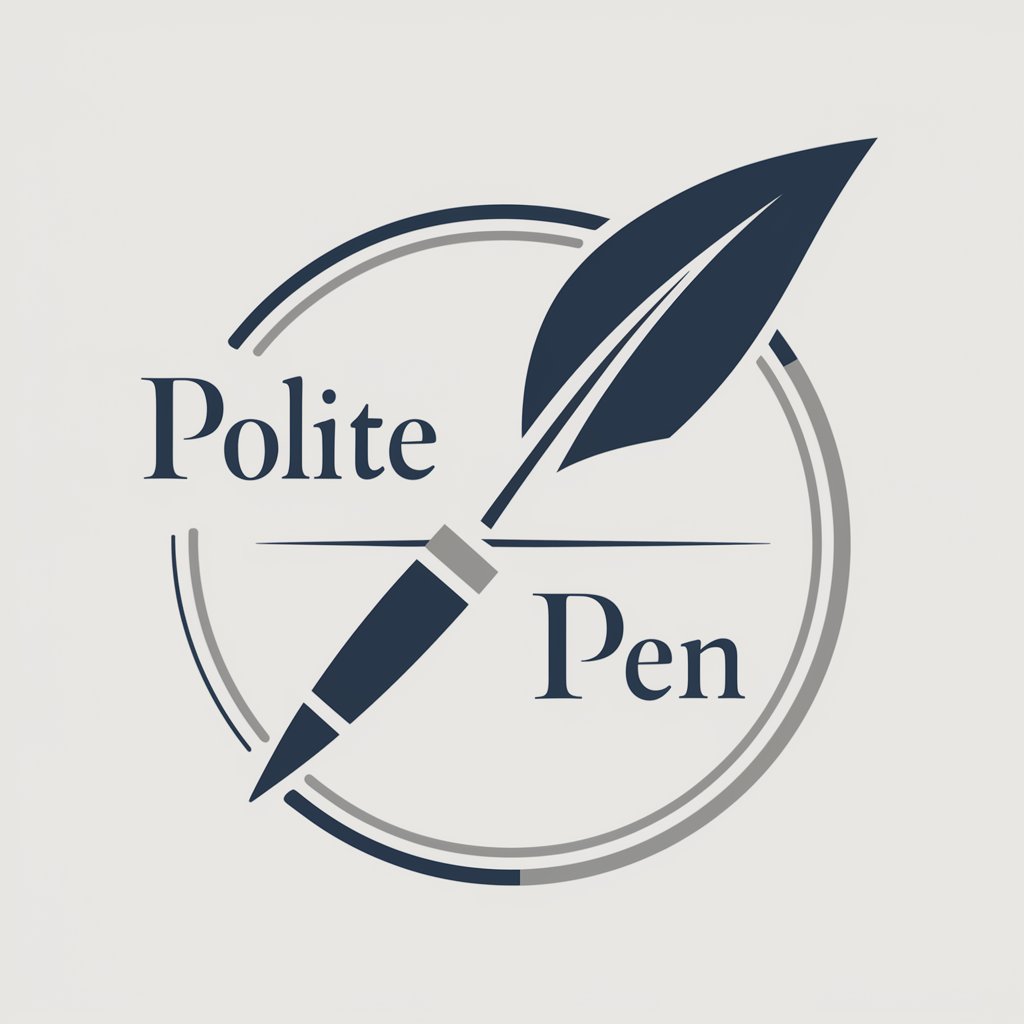
Créateur de fond d'écran OhLed
Crafting Surreal Art Nouveau Wallpapers with AI

Proba Fond Rails
Customize, Analyze, Optimize with AI

My Sleep Coach
Empowering Sleep with AI
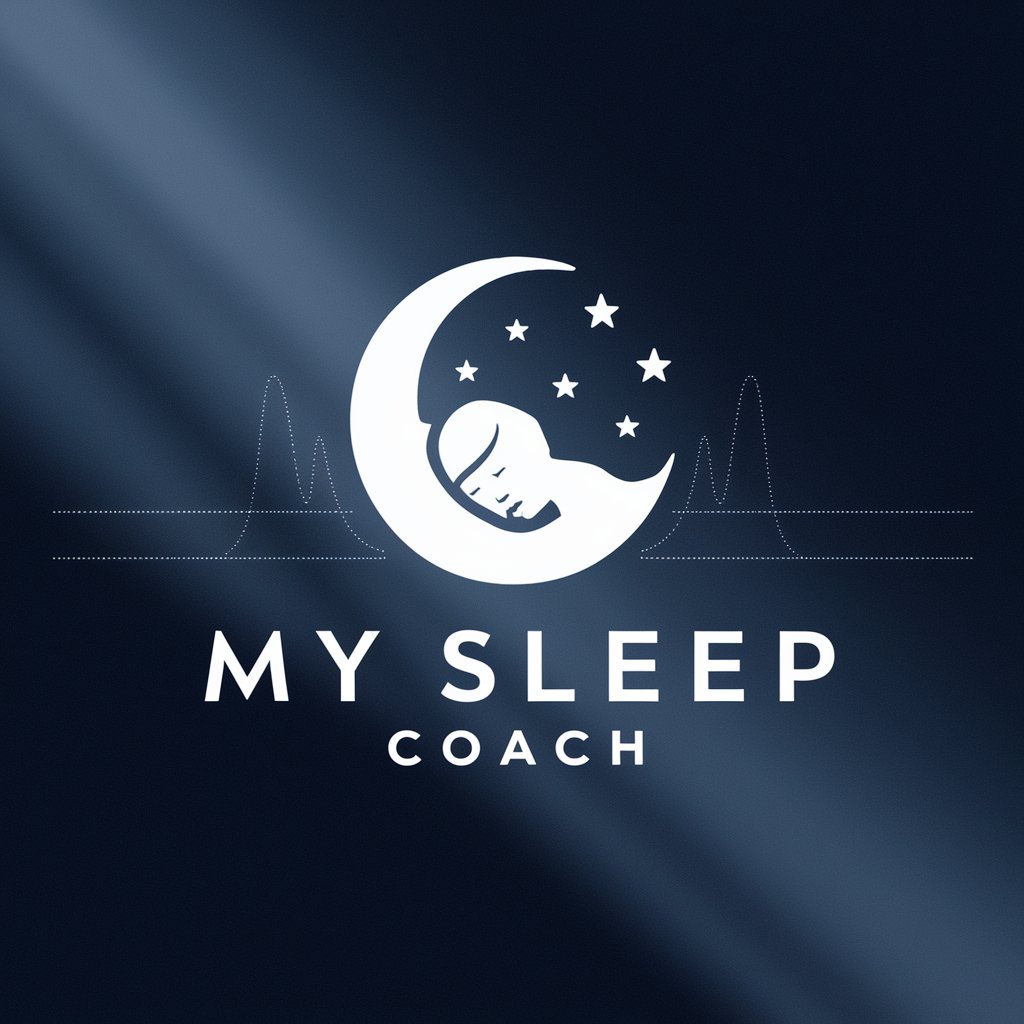
Tray Programação
Empowering Tray Commerce development with AI.
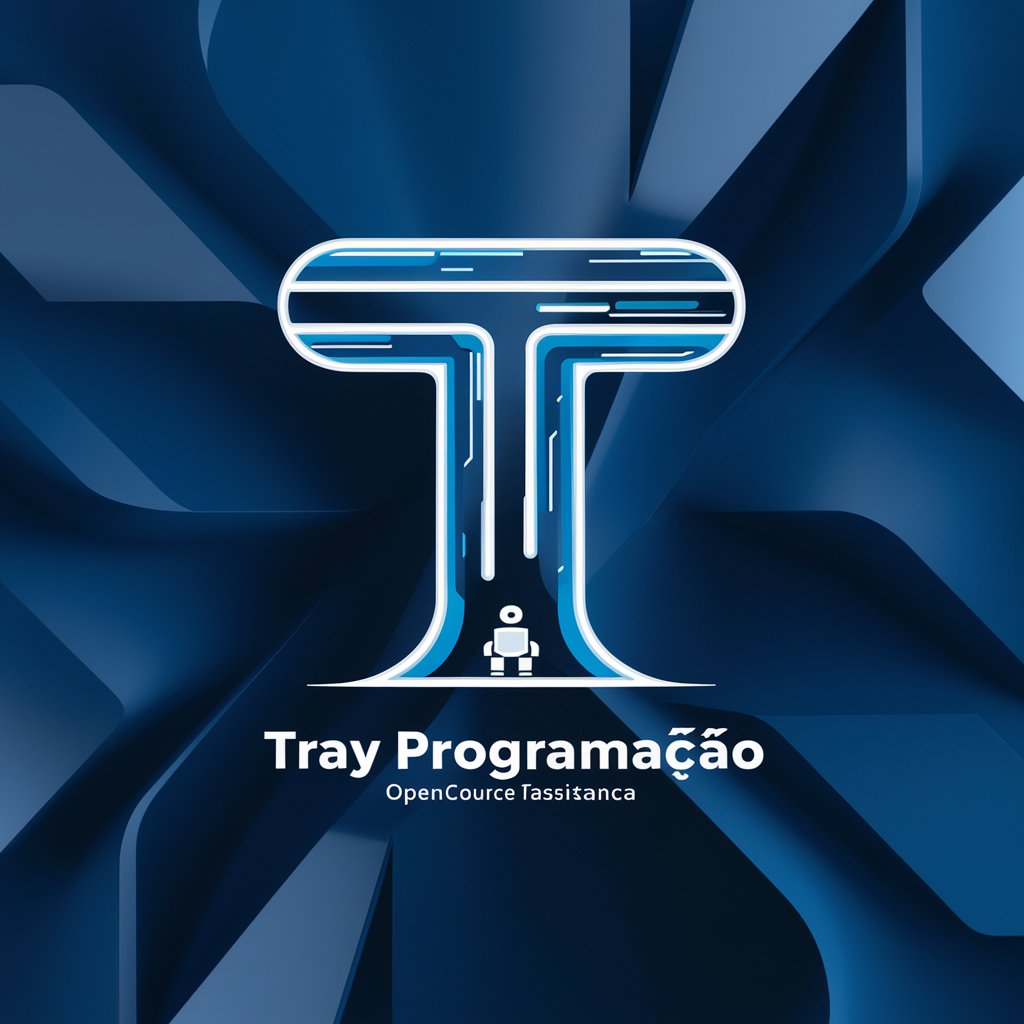
Prestashop 1.7
AI-driven solution for scalable online stores

Flip's Guide to Prague 🏰🍺🎻
Your AI-powered Prague city companion
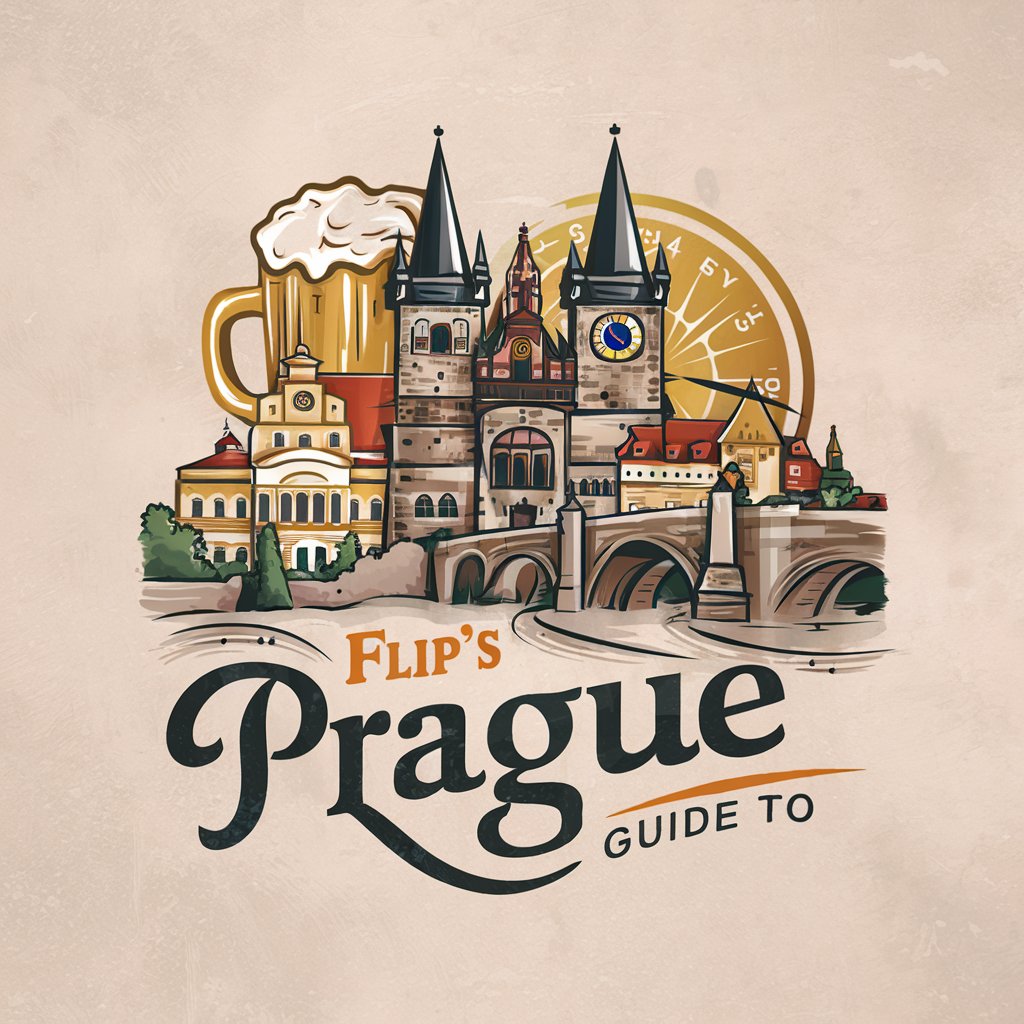
Companionate Chat
Friendly AI Chat Experience

Story Weaver
Craft Your Story with AI Precision
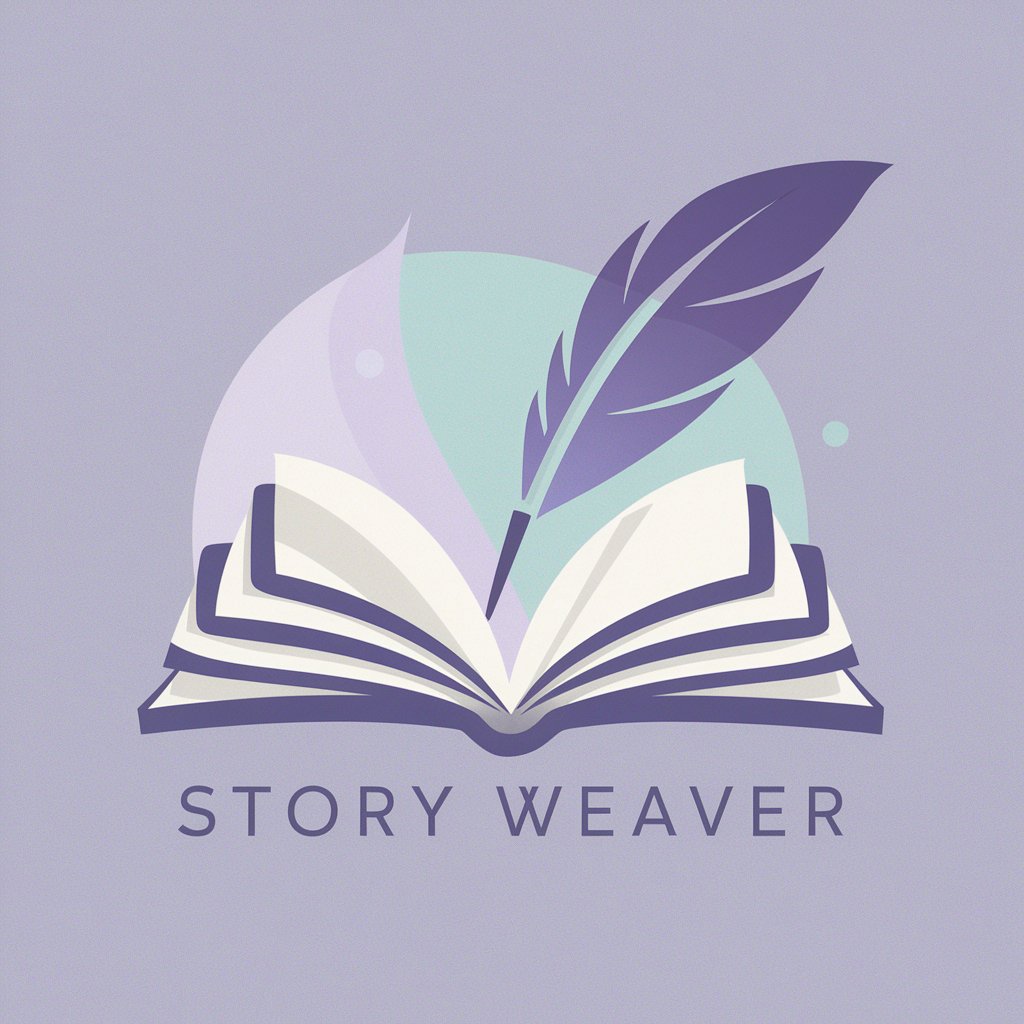
Frequently Asked Questions About WordyBit
What educational methodologies does WordyBit incorporate?
WordyBit employs the Orton-Gillingham approach, which is a structured, multisensory phonetic method proven particularly effective in teaching individuals with dyslexia.
How can WordyBit help students with dyslexia?
WordyBit provides specialized tools for phonemic awareness, reading, and spelling which are tailored to help students overcome common challenges associated with dyslexia.
Is WordyBit suitable for all age groups?
Yes, WordyBit is designed to be flexible and can be adjusted to suit the educational needs of various age groups, from young learners to adults.
Can WordyBit be used in group settings?
Absolutely, WordyBit can be effectively utilized in both one-on-one tutoring sessions and larger classroom settings, providing support tailored to each student's learning pace.
Does WordyBit offer progress tracking?
Yes, WordyBit includes features that allow educators to track the progress of their students, making it easier to identify areas that require more attention and to celebrate achievements.
